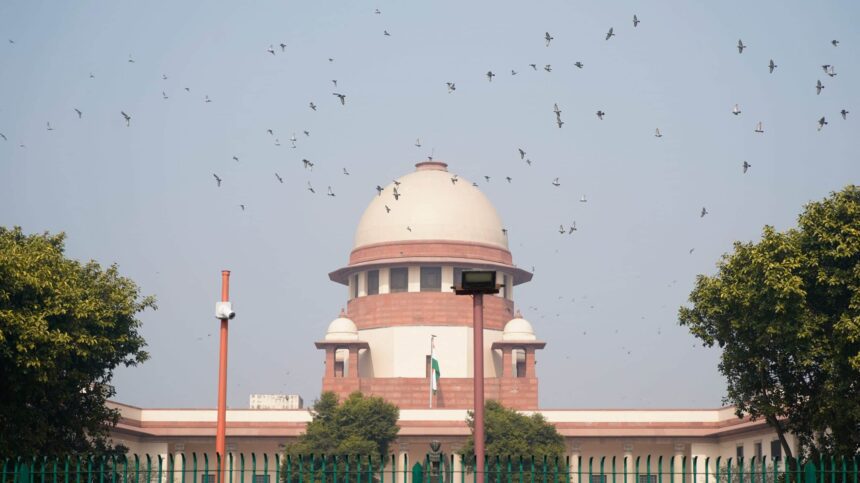A report released by the Supreme Court of India’s Centre for Research and Planning (CRP) highlights the contradictory narratives surrounding judicial discourse on caste over the past seventy years. It notes a range of perspectives, from strong denunciations of caste hierarchy to remarks that risk perpetuating stigma and minimizing structural discrimination.
According to the report, “It becomes clear that judicial descriptions of caste and of marginalised groups carry significant normative weight: they influence how the law imagines dignity, equality, merit, and the role of the State in undoing historical wrongs and facilitating inclusive development.”
The comprehensive study examines Constitution Bench judgments related to affirmative action, personal laws, and caste-based atrocities from 1950 to 2025, focusing on benches comprising five or more judges. It underscores inconsistencies in the Court’s understanding of caste, the terminology employed to describe oppressed communities, and the judicial tools advocated for addressing caste-based inequalities.
Authored by Anurag Bhaskar, Director of the CRP, Dr. Farrah Ahmed, Professor of Law at Melbourne Law School, Bhimraj Muthu, a Doctoral Researcher at the University of Oxford, and Shubham Kumar, a Research Consultant at the CRP, the report indicates a shift in how Supreme Court judges frame caste. Some judges portray caste as a rigid hereditary hierarchy rooted in notions of purity and pollution, while others describe it as an originally “benign” occupational system that has been distorted over time. While many judgments recognize caste as a persistent structure affecting access to education, employment, and public life, others draw upon scriptural ideas that obscure the lived realities of oppression.
Additionally, the report notes the divergent views within the Court regarding whether caste is exclusive to Hinduism or represents a broader social phenomenon across religions. Some benches have linked caste to Hindu theological contexts, while other opinions acknowledge the presence of caste-like hierarchies among Christians, Muslims, and Sikhs, establishing that conversion does not eliminate caste identity or stigma.
The authors also remark on the evolving language used in the Court’s descriptions of oppressed caste communities. Earlier judgments employed paternalistic metaphors—comparing disadvantage to a “handicap,” using imagery of “race horses,” or labeling affirmative action as “crutches.” In contrast, more recent opinions have emphasized dignity, highlighted historical discrimination, and critiqued the social construction of merit. The authors caution that earlier formulations risk reproducing stigma and framing reservations as acts of charity rather than as constitutional rights.
With respect to remedies for caste injustices, the report outlines five recurring judicial approaches: emphasizing education as a key driver of social transformation; endorsing caste-based reservations as vital for substantive equality; prioritizing poverty over caste as a measure of backwardness; advocating development as a pathway to upliftment; and assigning responsibility to the private sector. These themes reflect ongoing disagreements within the Court regarding how to diagnose and address backwardness under the Constitution.
The CRP emphasizes that the report does not critique individual judges and seeks to maintain institutional neutrality while promoting sensitivity within the justice system. It recommends future steps, including adopting inclusive terminology, engaging deeply with the social realities of caste, and utilizing context-sensitive judicial language that aligns with the Constitution’s mandates of equality and dignity.
Tags: New Supreme Court report flags contradictions in judicial discourse on caste Extract 5 SEO-friendly keywords as tags. Output only keywords, comma separated.
Hashtags: #Supreme #Court #report #flags #contradictions #judicial #discourse #caste










